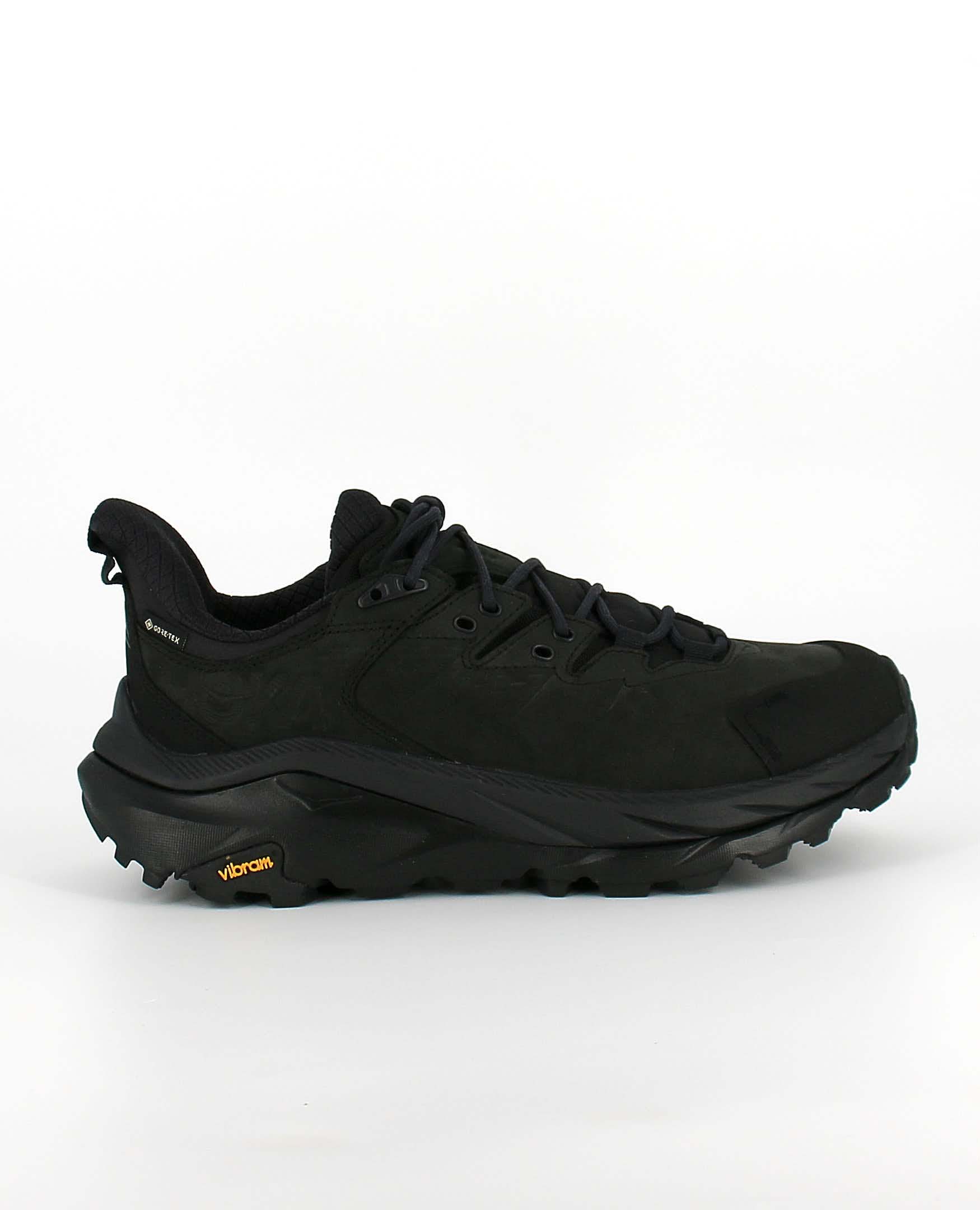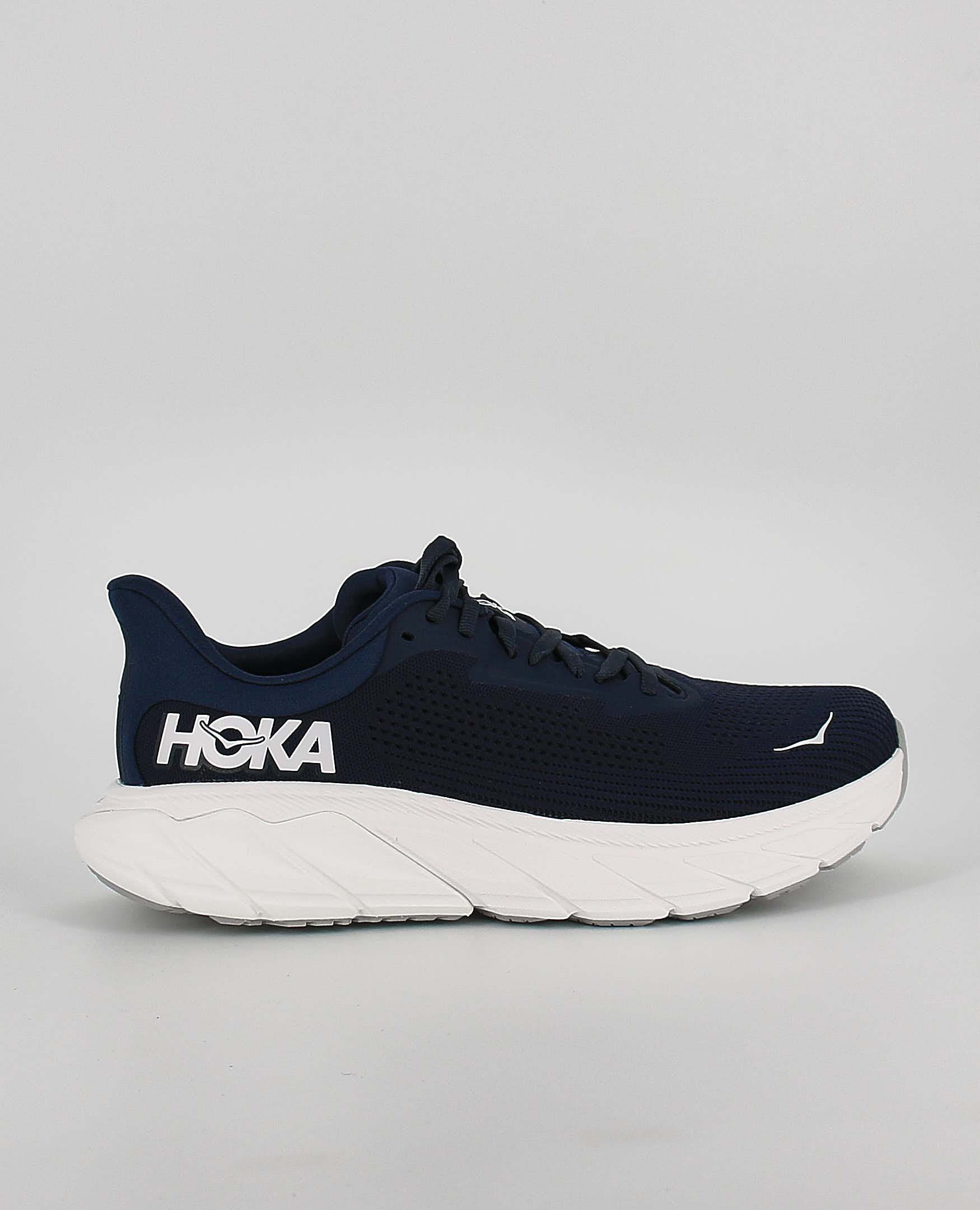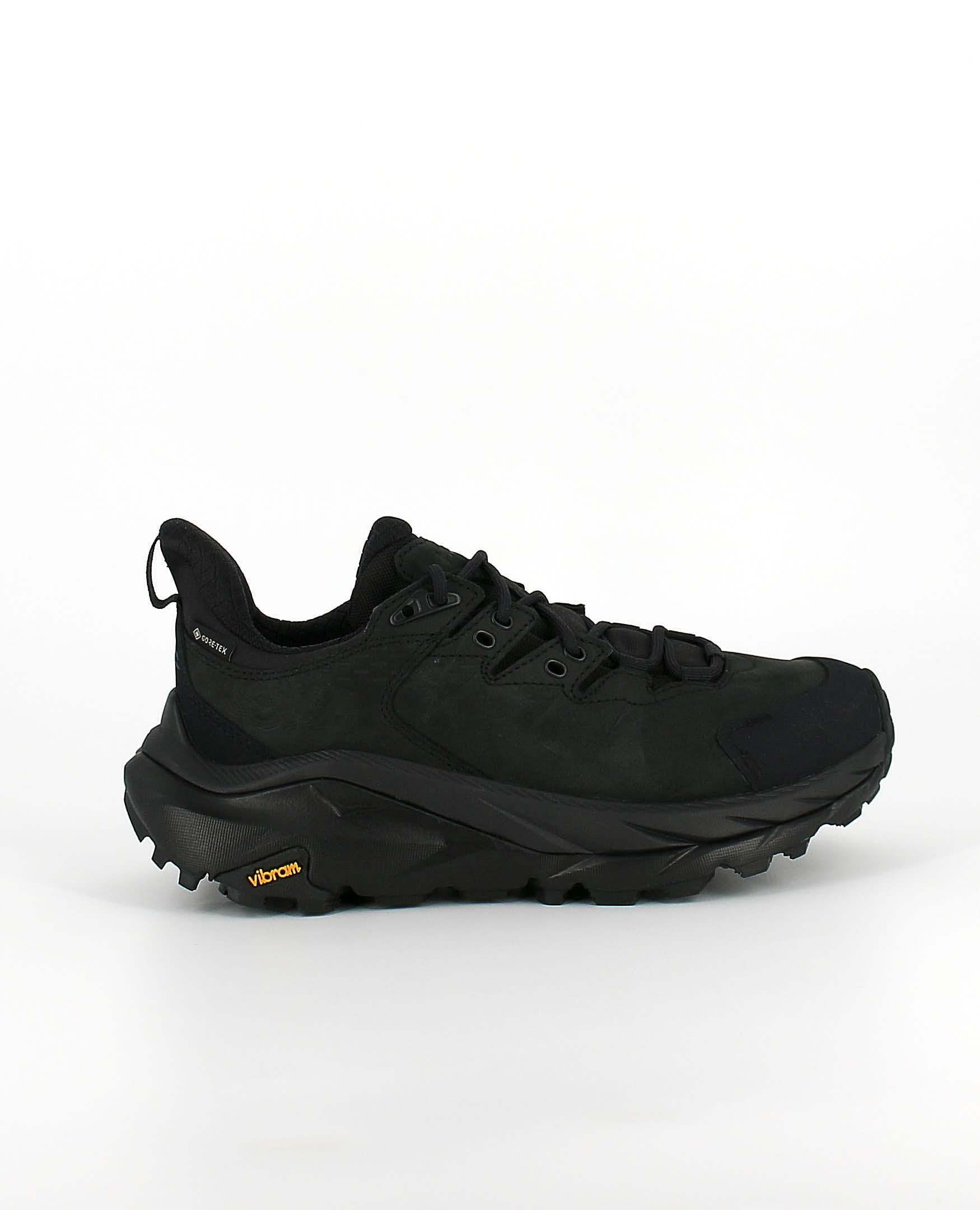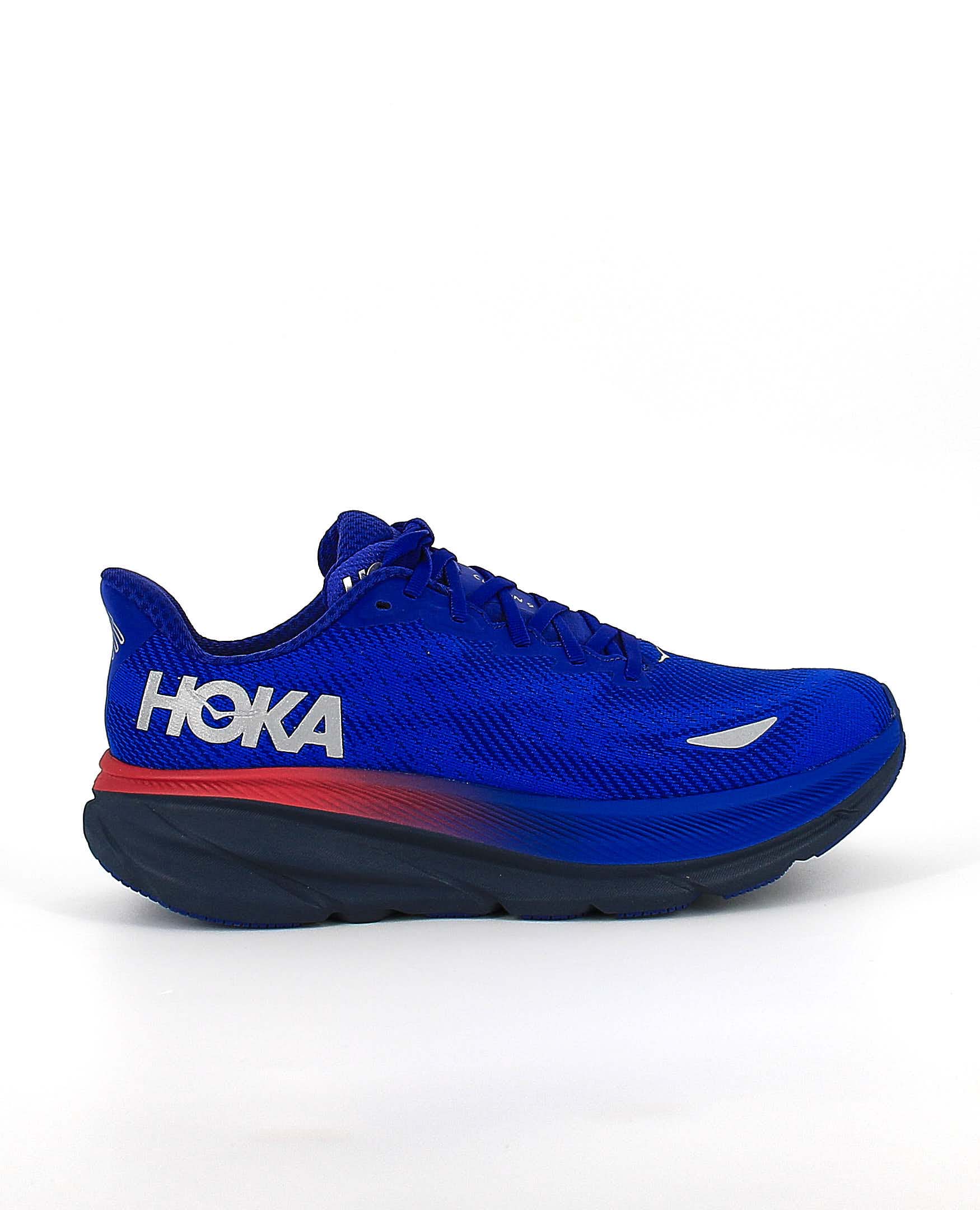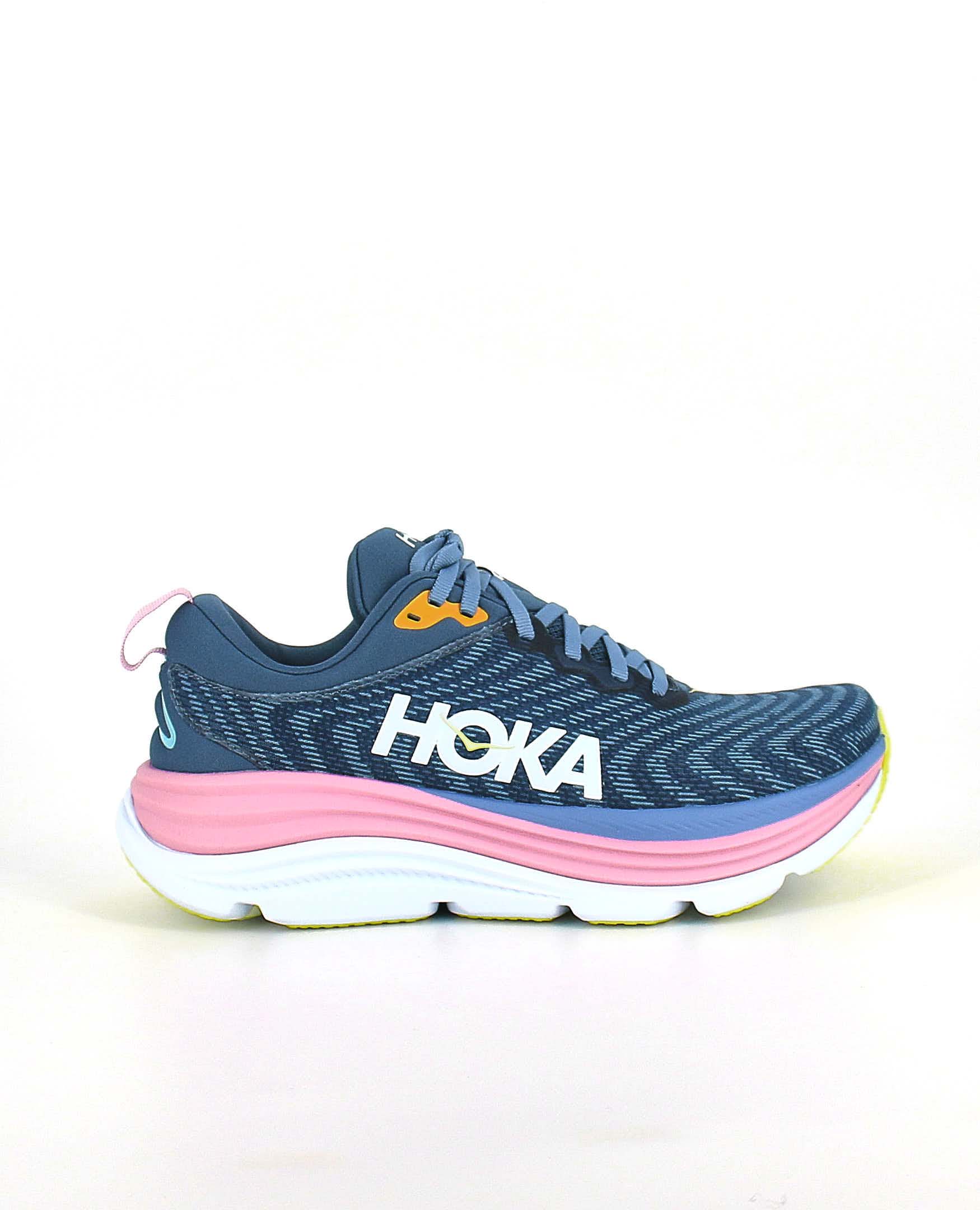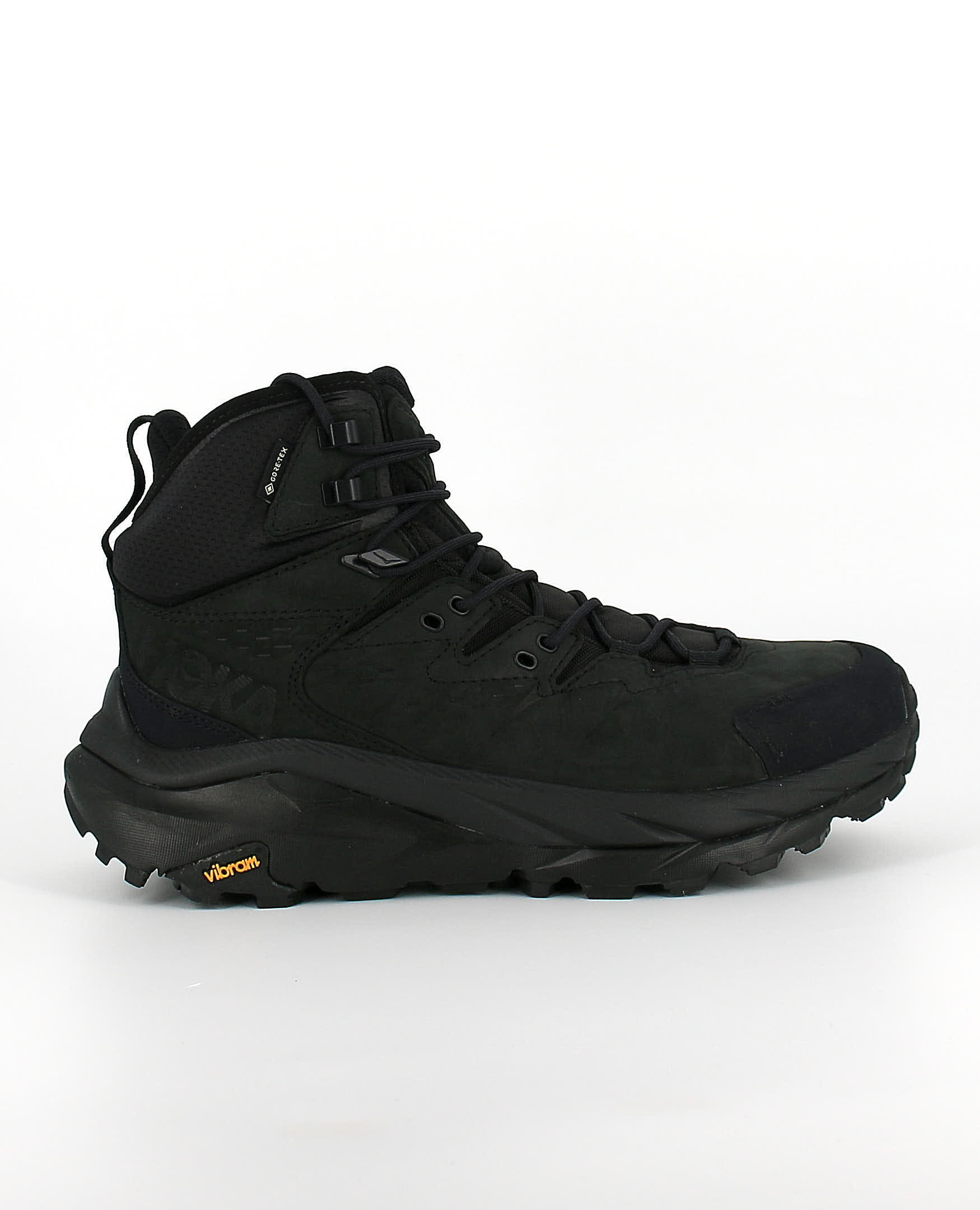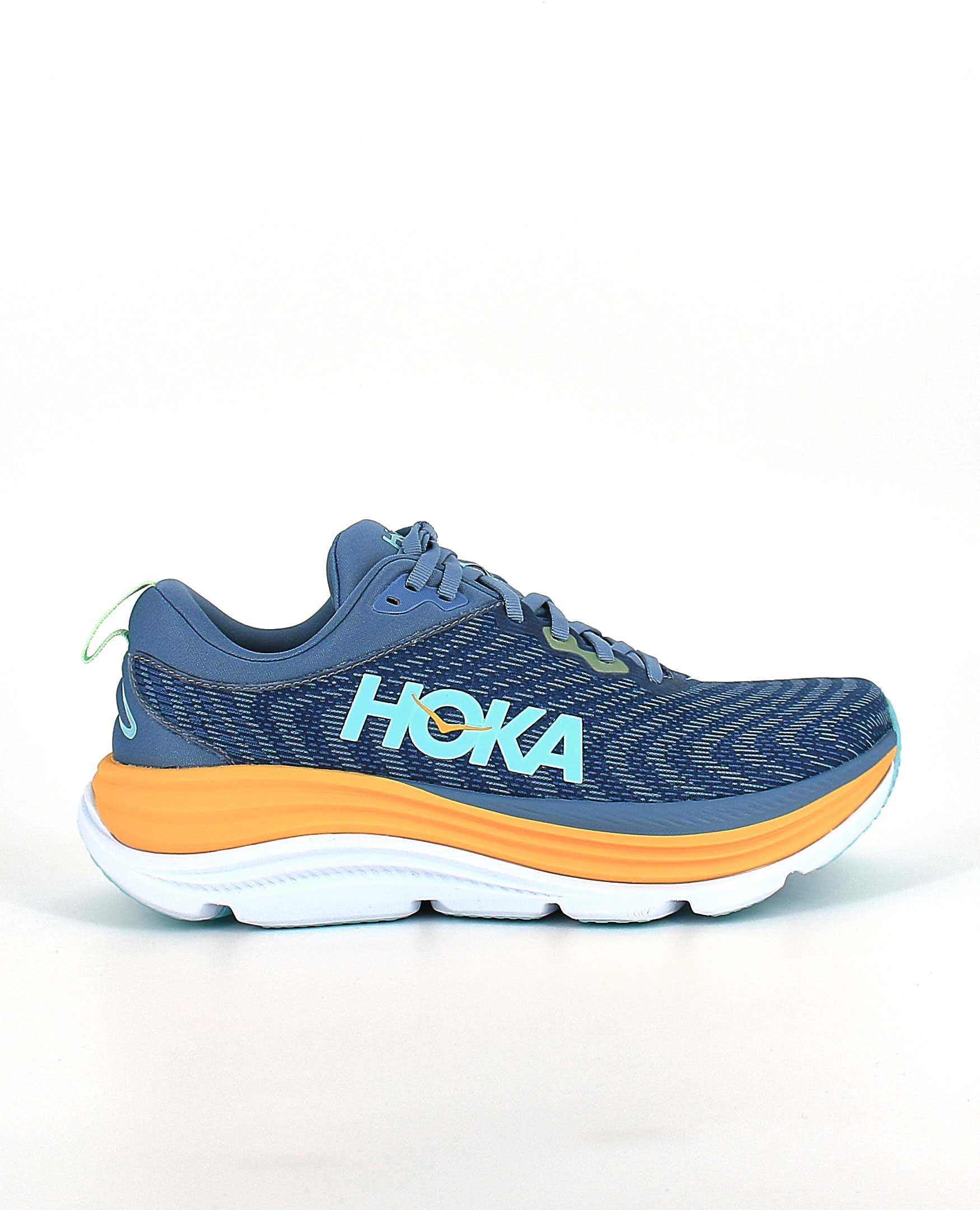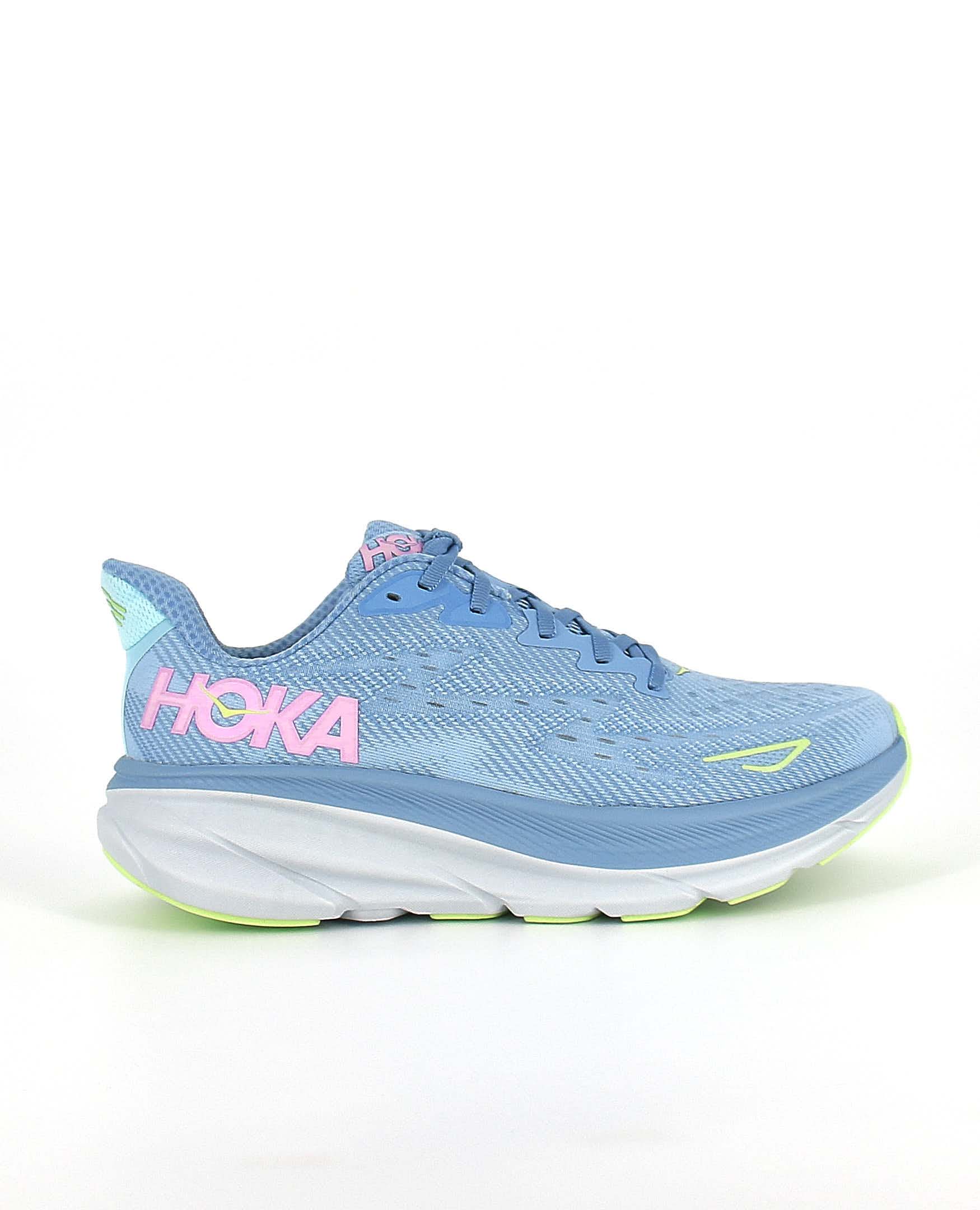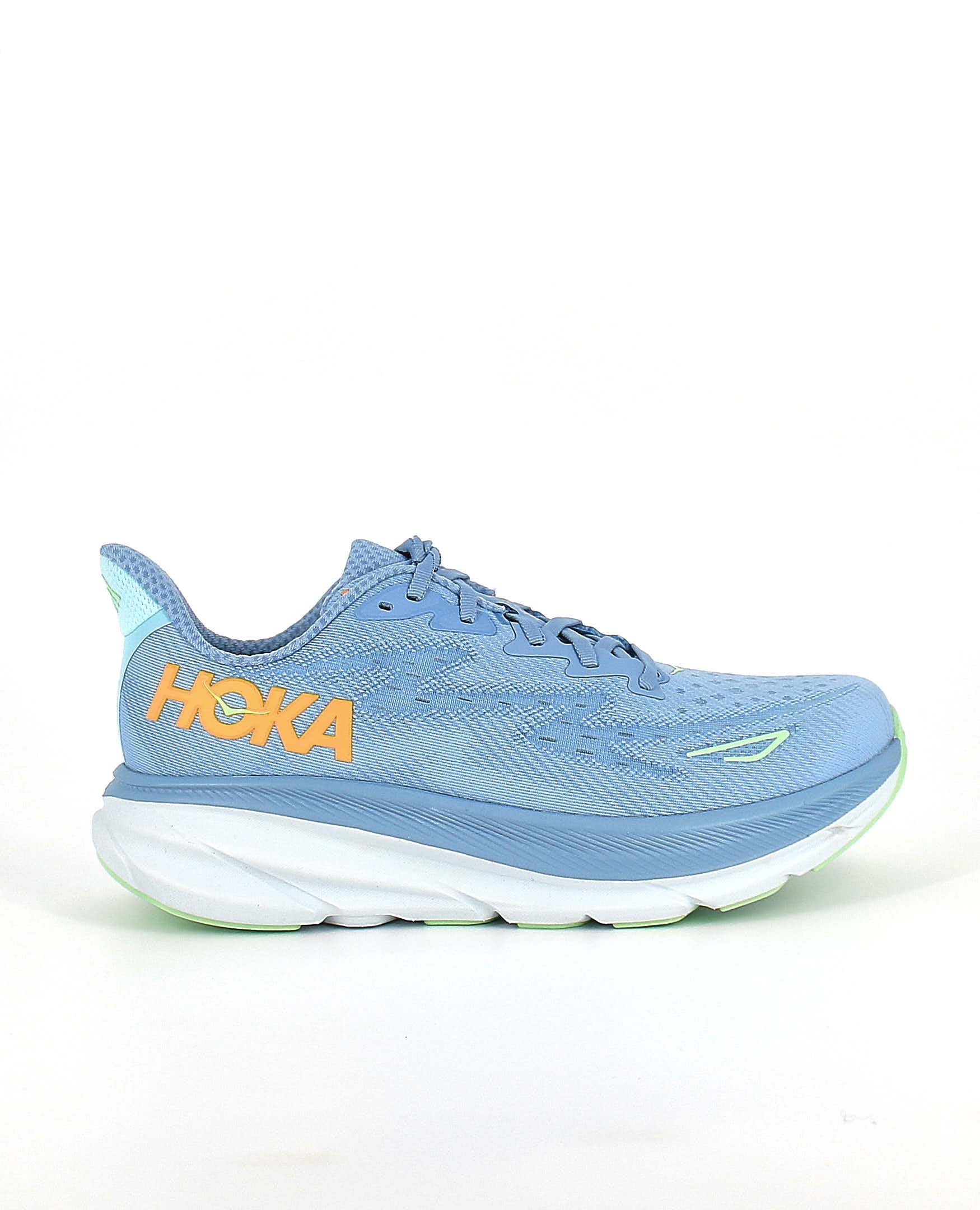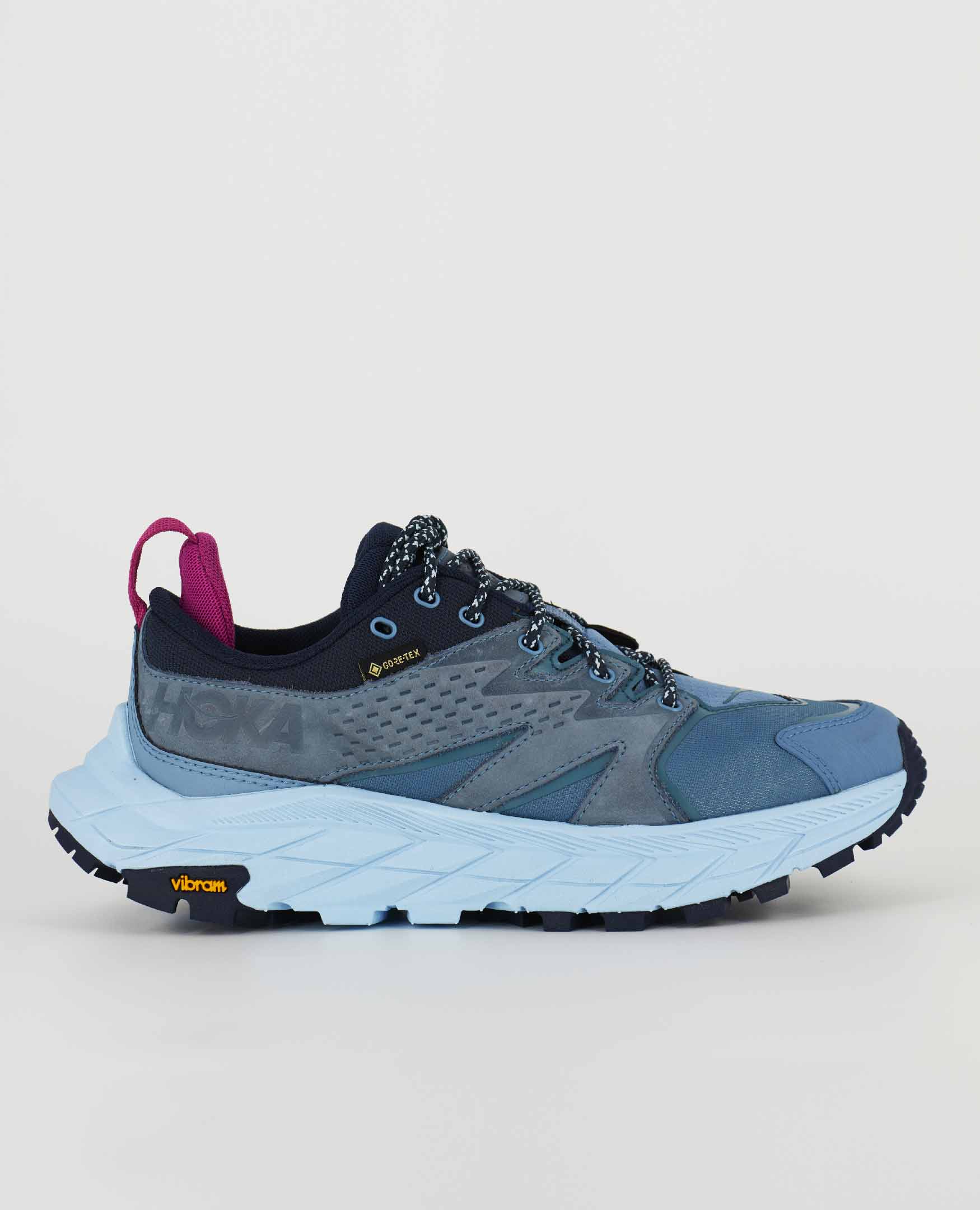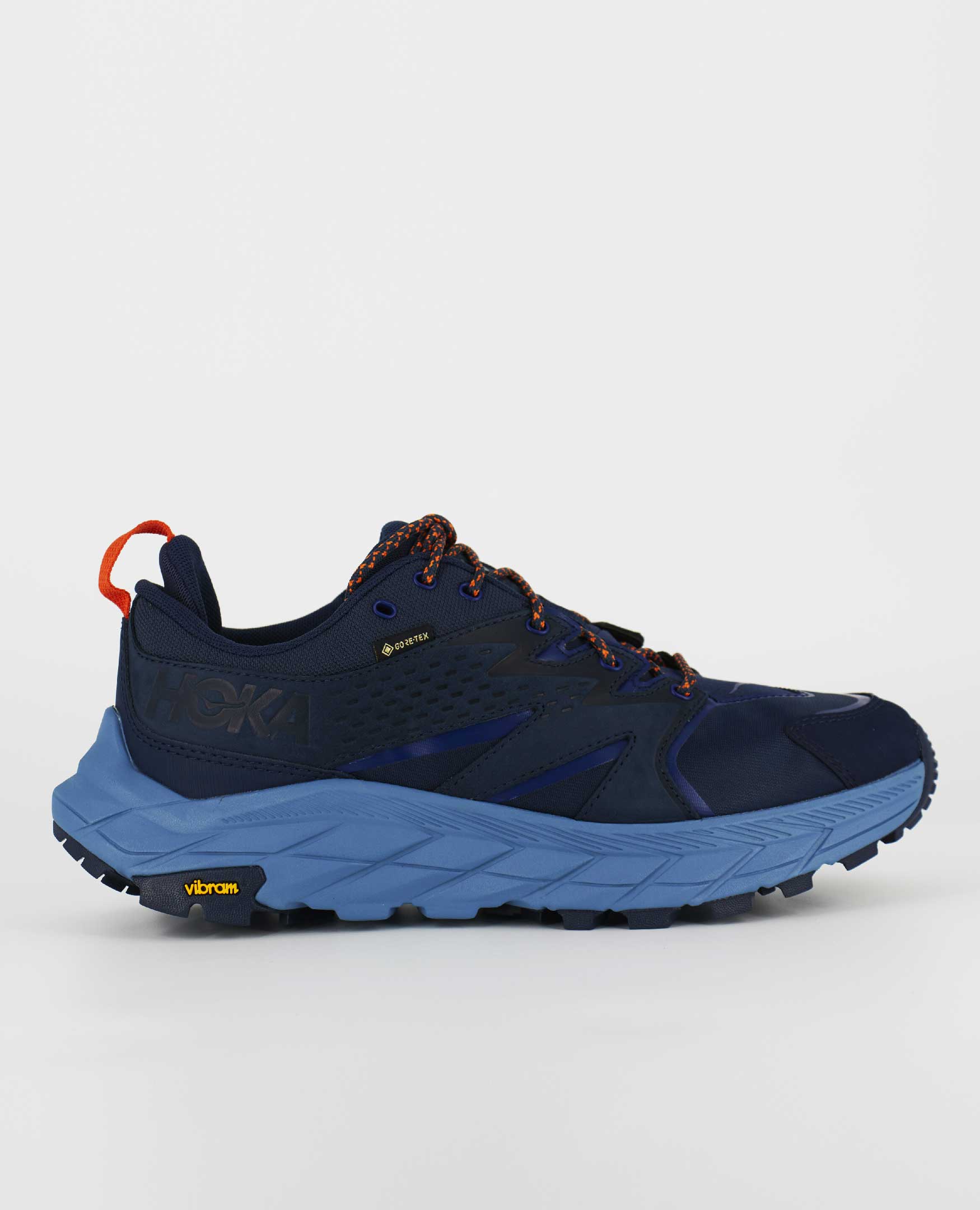
HOKA: Official UK stockist.
Latest arrivals.

It's time to fly.
HOKA is all about inspiring people to move. Whether it’s for running, walking, general fitness, or the outdoors, they believe that everyone is an athlete. This goal is one of the reasons why the brand has been successful in the designs of their footwear.
We at ShoeFit.uk love footwear brands that not only have visions such as HOKA’s, but also deliver on their products. The on-foot experience when you wear their trainers, boots, or sandals is evidence of the innovation of the technology that they develop. Their cushioned midsole controls your comfort and speed; while the MetaRocker enables you to have a smooth ride; and last, but not least, their Active Foot Frame cradles your foot securely.
Wearers around the world and podiatrists recommend HOKA, as do we. If you find that you’re having issues when walking, have recently suffered from an injury that’s affecting your lower-limb health, or otherwise just want to wear something comfortable during the day, their footwear may be the solution that you’ve been looking for.
Plus, we know how difficult it can be to find decent footwear that looks good too. Fortunately, HOKA’s designs are extremely bright, fun, and full of life. This is why we love this brand and are ecstatic to be able to offer them to you!
The health benefits of HOKA.
As mentioned, there is innovative technology behind HOKA’s footwear. You will feel the difference compared to other brands that provide similar things for sports, as their innovations mean that you can wear their trainers, boots, or sandals for day-to-day activities.
And, as such, there is also a whole world of information behind each style. The following list is just some of the health benefits that we think their footwear offers. As you may already know, our service is about breaking down each style’s properties in terms of what a shoe-fitter sees. This comes from over 20 years of shoe-fitting experience in a brick-and-mortar shop.
You may find yourself looking for your next pair. With the amount of information available, from the stack height to the heel-to-toe drop, it may require some reading on your part. We understand that this may be daunting, so we recommend booking your free personal shopping appointment with us for specific details. During the appointment, you’ll be able to speak with one of our expert shoe-fitters and narrow down choices for you. At no cost to you; at whatever time fits around your busy day; and from the comfort of your own home!
Our content has been created in conjunction with the Royal College of Podiatry. It is not a substitute for professional assessment, diagnosis or treatment.
If you believe that you’re suffering from one of the conditions listed on our website, then we highly recommend seeing a podiatrist. You can find one near you by using our store locator, which lists all of our known clinics and health care professionals (HCPs) around the UK.
Please get in touch, as we may be able to order it in for you.
Firstly, the cushioning that HOKA footwear offers means that there is ample shock absorption. Not only this, but the cushioning is well-placed. This is ideal for those who are on their feet all day, walk on hard and uneven terrain, or suffer from conditions that affect the mobility of the lower limbs. Anyone who has pain from their normal footwear will benefit from switching to HOKA, and this is the main reason why podiatrists recommend the brand.
There are other features that help with your lower-limb health, such as the MetaRocker and Active Foot Frame. These, along with the cushioning come as standard on every pair of HOKA.
HOKA is good for plantar fasciitis overall, but there are specific styles that will cater more towards recovery and prevention.
To note, everyone’s feet are different, in that there are no two pairs that are the same! For this reason, what may work for others may not necessarily work for you. Taking into account orthotics, widths, and overall comfort, we recommend speaking to an expert shoe-fitter if you need something for plantar fasciitis.
HOKA is suitable for walking, as well wearing for the entire day. Their designs are intended to get everyone active, or inspiring you to move as their goal states. Because of this, their footwear is manufactured to give you cushioning when you need it; to secure and protect your feet at all times; and to allow your feet to move as naturally as possible.
HOKAs have the characteristics to help those with bad knees, as they promote cushioning that helps to absorb impacts. In addition to this, their responsiveness helps you with your toe-off, which means that the ride is going to feel smooth.
Toggle Conten…t
HOKAs are good for standing all day, since they create a stable fit for your feet and allow for natural movement. If you’re on your feet all day, we believe that you’re less likely to feel the implications of lower back pain, knee pain, and several other foot-related conditions when wearing them.
Sign up to our newsletter.
"*" indicates required fields

